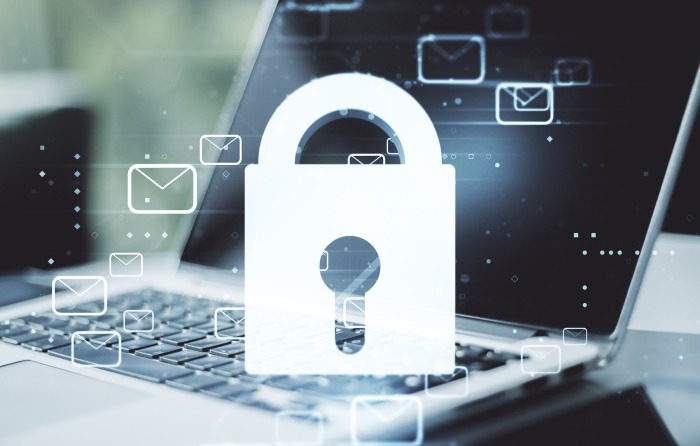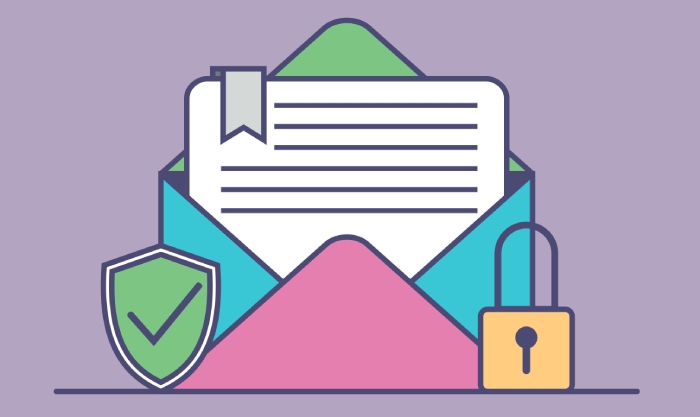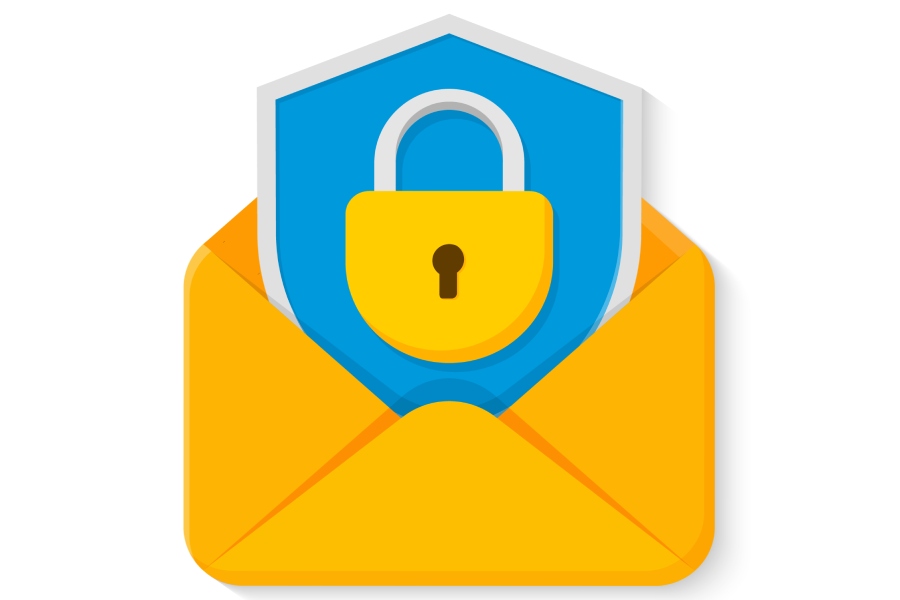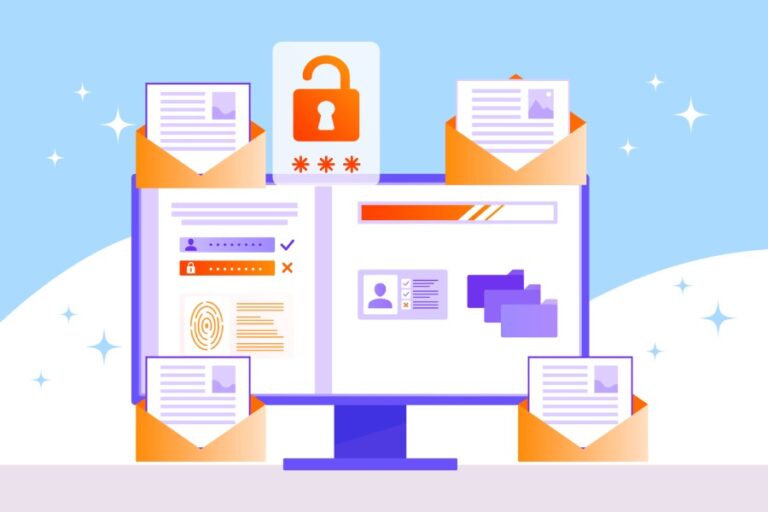Why is Email Security Important for Businesses Today?
With cybercriminals using the email route to introduce malware into network systems, adopting the right email security measures has become paramount in today’s most emerging threat landscape.
Protecting your organization’s information asset’s confidentiality, integrity, and availability is crucial because of technological improvements in the wake of the latest security threats. Businesses, especially SMEs, must know that phishing emails are the primary modus operandi for cybercriminals to introduce malware into information network systems. Therefore, email security gains significance for businesses to protect themselves from malicious threats.
What is Email Security?
Email security is a comprehensive term representing various methods, tools, strategies, policies, and approaches for protecting email communication, accounts, and associated information of organizations and individuals from unauthorized access.
Email security involves safeguarding any information transmitted via email to prevent intruders from accessing it. Besides, it includes anti-spam measures, like authentication tokens, to legitimize email messages and ensure they originate from a trusted source. In addition, it monitors email traffic to detect suspicious activity and offers virus and malware protection as additional security measures.

Why is Email Security Critical for Businesses?
Besides helping businesses defend their overall cybersecurity posture, email security is critical because,
· It protects business networks from malicious cyberattacks.
· It ensures data privacy by protecting customer data.
· It ensures the confidentiality of email conversations.
· It prevents the leakage of sensitive data.
· It ensures proper regulatory compliance.
What Risks do Unsecured Emails Pose?
Emails present the most convenient channel for malicious actors to launch cyberattacks and gain access to sensitive information. If your information systems do not have adequate email security measures in place, it is a clear invitation for unauthorized persons to intercept and read your email messages. As a result, it could lead to data privacy issues and pose significant threats like identity theft, financial fraud, and data breaches.
Malicious actors use the following attack vectors to exploit email security vulnerabilities and access your information network.
- Phishing
Phishing is the most widespread cyberattack vector that uses emails and other communication channels to glean sensitive information, like user credentials, credit card details, and other confidential data. The malicious actor sends an innocuous-looking email seemingly originating from a genuine and trusted source, such as a bank or a supplier, to deceive the recipient into divulging personal confidential information.
Usually, phishing attacks are successful because they prey on user vulnerabilities like greed, fear, and a sense of urgency by including email subject lines that warrant immediate action. For example, it could say, “Your email account has been suspended,” or “You have won a million-dollar lottery.” It can even threaten the recipient by stating, “Immediate Action Required.”
- Spear Phishing
Spear Phishing is an advanced mode of phishing where the malicious actor uses emails to target specific individuals or organizations. Like regular phishing emails, spear phishing emails seem to originate from a genuine, trusted source. However, these emails can contain malicious attachments or spurious links, coercing the targets to download or click on them to introduce malicious code, allowing the cyber attacker to access the victim’s information network system.
- Spoofing
An unsecured email system is a sitting duck for spoofing attacks. Here, cybercriminals send emails from fictitious but seemingly-genuine sender addresses, creating the impression that the emails have originated from a legitimate source. It enables malicious actors to access sensitive data and launch malicious code and malware into the system.
Spoofing allows these criminals to commit identity theft and use their credentials to perpetrate financial fraud.
- Business Email Compromise
Business Email Compromise (BEC), also known as whaling, targets high-level personnel within the organization. Cyber attackers use social engineering tactics as a pre-planned interactive process to build rapport and convince their targets to open malicious links and emails, compromising confidential information. Since these emails appear to originate from a reputable source, like the CEO or other top officials, they leave little scope for the victims to suspect their genuineness.
How to Ensure Email Security?

We have seen the vulnerabilities of an unsecured email system. Therefore, securing your emails is critical to strengthening your organization’s cybersecurity posture. These best practices help secure email accounts, allowing businesses to carry on with their core activities comfortably.
- Password Security
A typical robust password comprises at least eight characters, involving a combination of upper and lower case alphabets, numbers, and special characters. For additional security, it can also contain invisible characters, which can be created using online platforms like Editpad. One should not use easy-to-guess passwords, like spouse or child’s name, date of birth, anniversary dates, etc. Similarly, using the same passwords for all your accounts, including social media or personal blog accounts, is not advisable.
- Email Encryption
Encrypting emails ensures that the messages are not tampered with in transit. Encryption means scrambling the messages into an unreadable format that only authorized users can decipher. Thus, it becomes challenging for malicious actors to hijack these emails and read and alter their contents. Hence, encrypting emails can protect the business from potential data breaches.
- Using Multi-factor Authentication
Multi-factor authentication involves adding an extra security layer to a user’s email account. It secures the email account because the user must go through two or more authentication steps before accessing it. Besides the password, multi-factor authentication can be through an OTP (one-time password) or a code sent to the user’s registered phone number, a biometric scan, or any other means of unique identification.
Businesses require multi-factor authentication to protect confidential and sensitive data, including customer, employee, or stakeholder information. Unsecured email systems without proper multi-factor authentication and authorization allow malicious actors to access data and compromise information assets.
- Implementing Email Authentication Standards
Organizations can utilize email authentication standards including Sender Policy Framework (SPF), along with Domain Keys Identified Mail (DKIM) and Domain-based Message Authentication Reporting and Conformance (DMARC) to secure their email systems and mitigate email threats.
Conclusion
With cybercriminals employing innovative tactics to launch cyberattacks, organizations must include email security as an integral component of their organizational cybersecurity framework. It helps protect their confidential data from being breached.
Therefore, business entities should stipulate adequate measures, like implementing stringent authentication procedures, using proper encryption protocols, and deploying effective anti-malware and robust endpoint security solutions to ensure comprehensive email security.





